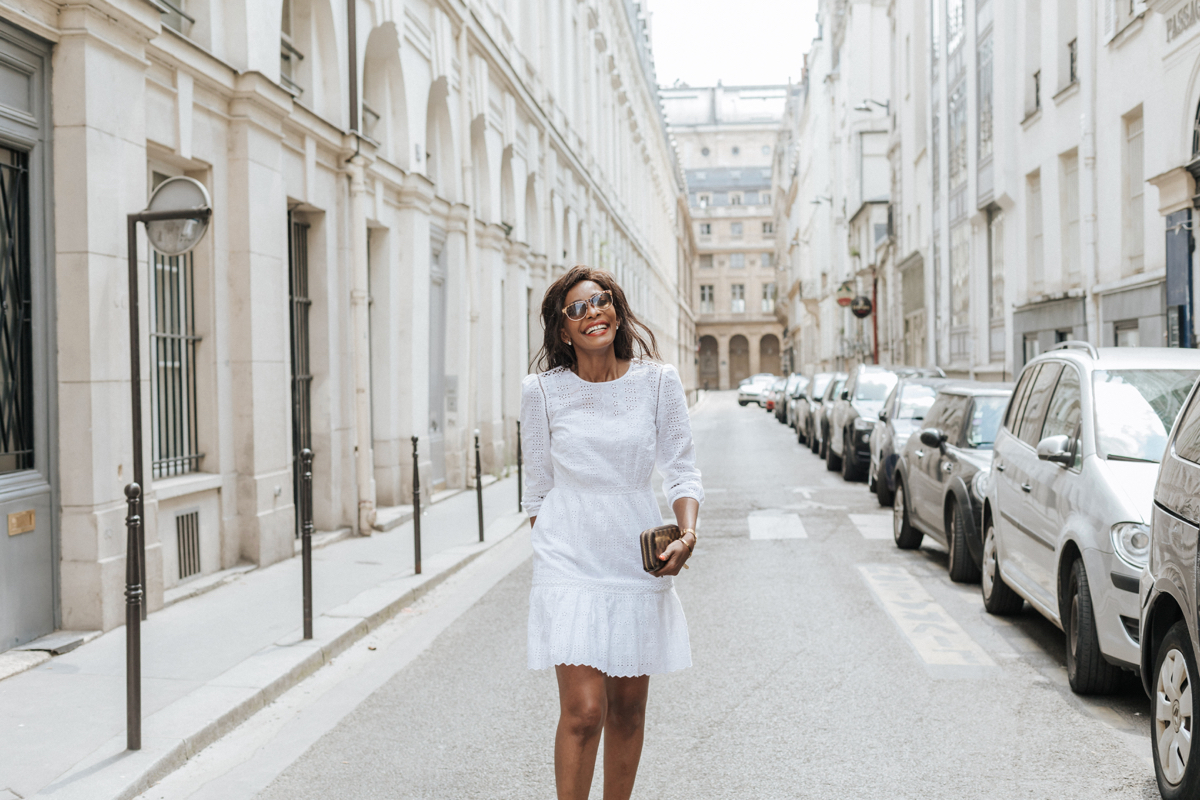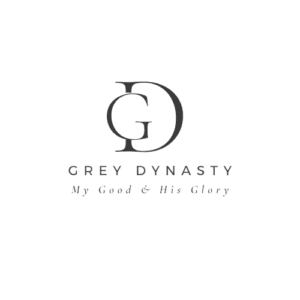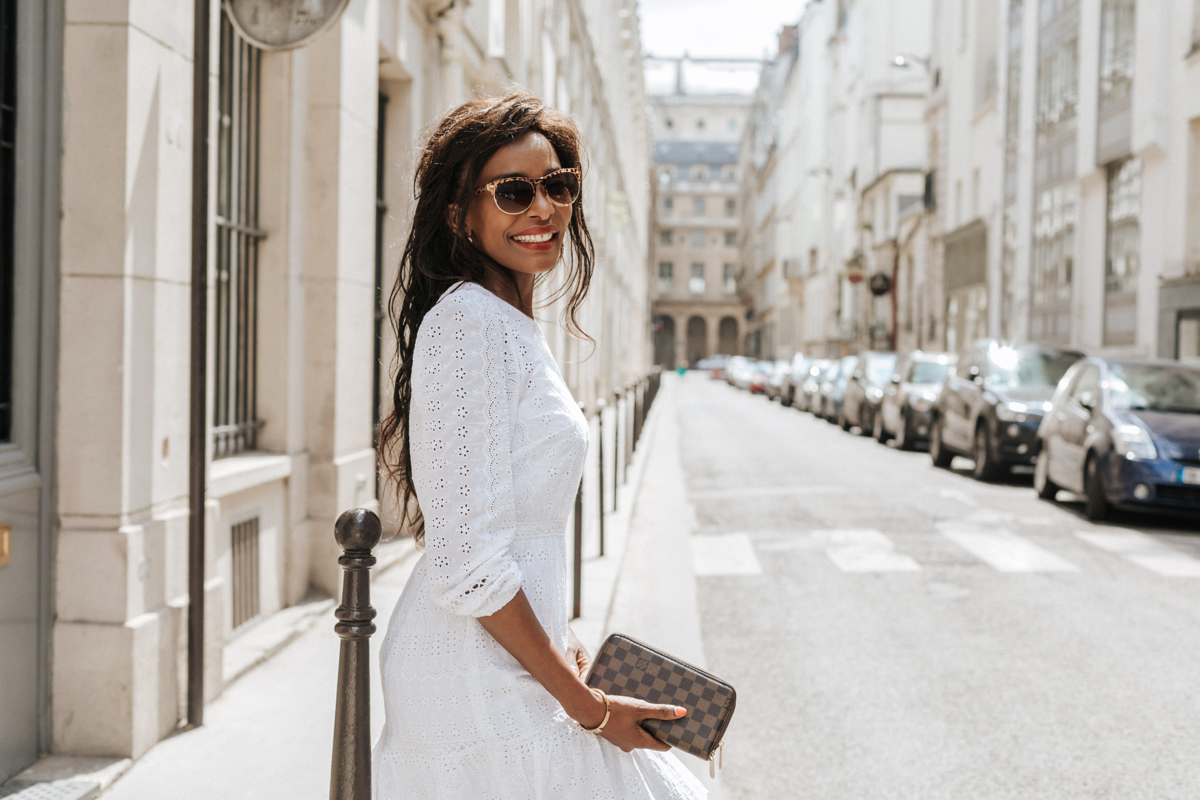
As the days go by, I’ve been mulling over what fabric to use in the designs I want to make, whether clothing or interiors. I keep coming back to linen for a number of reasons. First, it’s always been my preferred fabric of choice. Second, it’s a natural fibre made from flax plant, which ethically speaking fits into the ethos of our brand. Third, it is a rich enough fabric to stand on its own in terms of designing minimalistic items. Forth, tried, tested and true -linen textiles are some of the oldest in the world, dating as far back as even 8000BC, with attempts to systemize its production dating as far back as the 12th century.
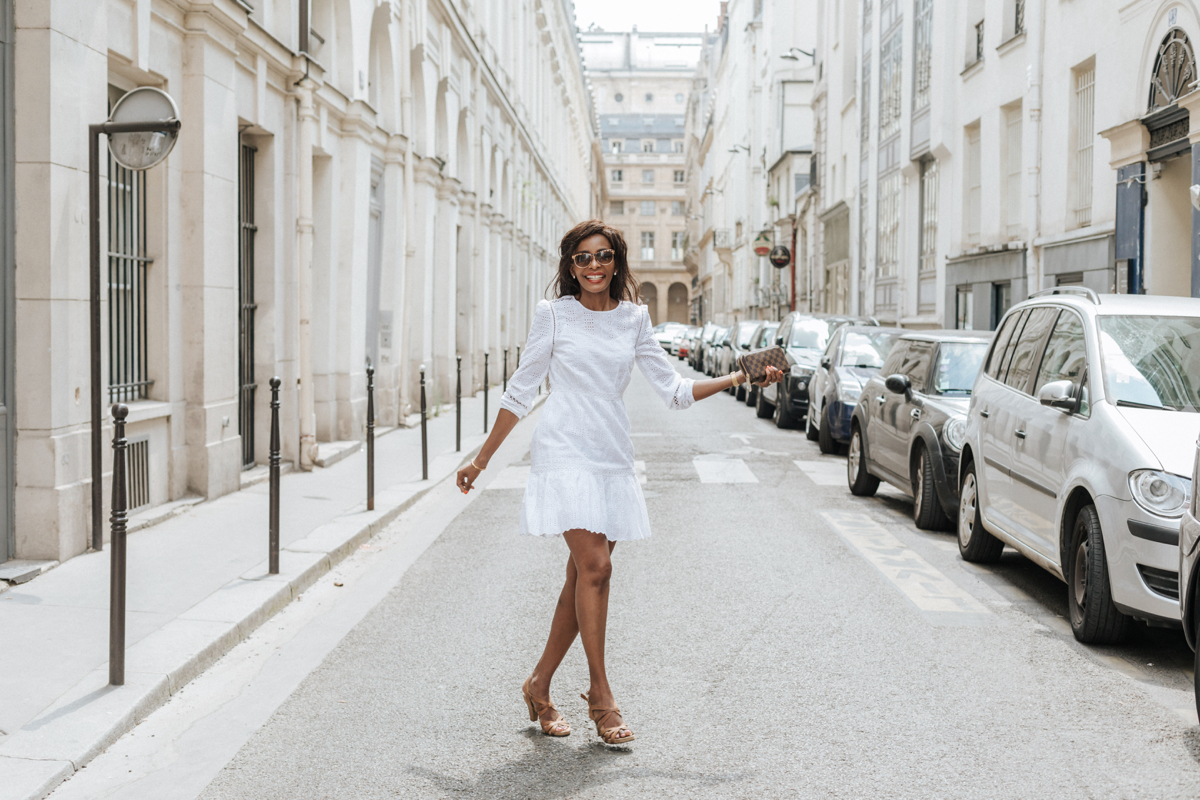
Like all other fabrics, linen too has its drawbacks. The major one is how easily it wrinkles. I imagine it might be a challenge to look polished in a wrinkled dress or suit. Which is why the British Royal family does not approve of any of its members wearing linen clothing, we can’t have a royal appear to look unkempt now, can we! Yet I find the linen wrinkle unique. I think it’s the quality or weight of the thread used to weave it together, staggering the wrinkle lines to eventually form a crinkly pattern of its own which lends to the unique beauty and acceptability of the wrinkled linen.
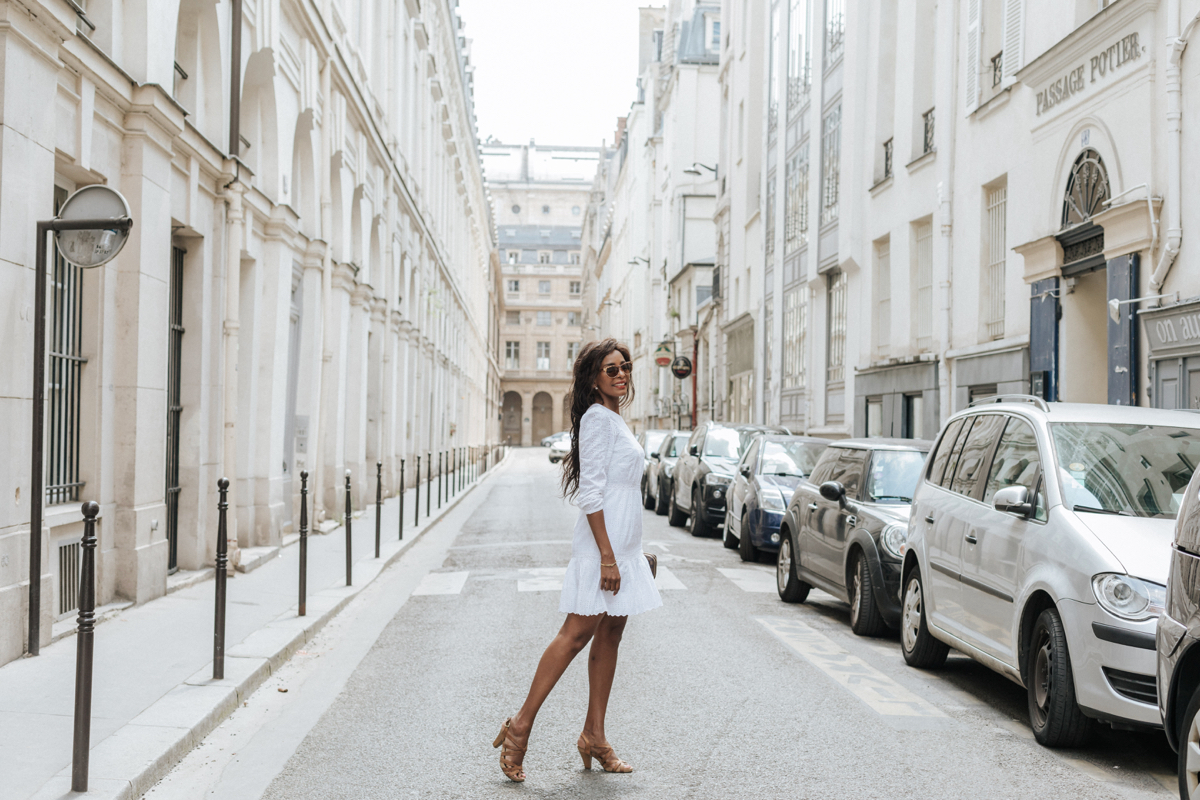
It might be necessary to add another property to make the linen less wrinkly; a fabric mill expert should be able to answer that question and even advice if it’s necessary. Natural fibres often require an infusion of man-made property fabric if only to strengthen and make them more durability. I also like that it comes in different weights, making it suitable for all-weather type of designs. One can choose to go with the heavier weight for winter wear and a lighter thread count in the summer months. Either way, it will let the skin breath all year round, which is how our bodies were built to function.

For home deco, I am obsessed with linen items, whether that be throw pillows or bedsheets. I recently acquired a set of grey linen bedsheets for our bedroom and the difference it has made to our sleeping comfort is remarkable. A heavier waffle-patterned topper (I bought the fabric in Amsterdam and hemmed the ends myself) lends texture, beauty and weight to the bed, all while allowing breathability. For interiors such as throw pillows requiring a heavier fabric, the heaviest and thickest fabric almost a canvas type of fabric makes beautiful dining table runners, pillows, even drapes.
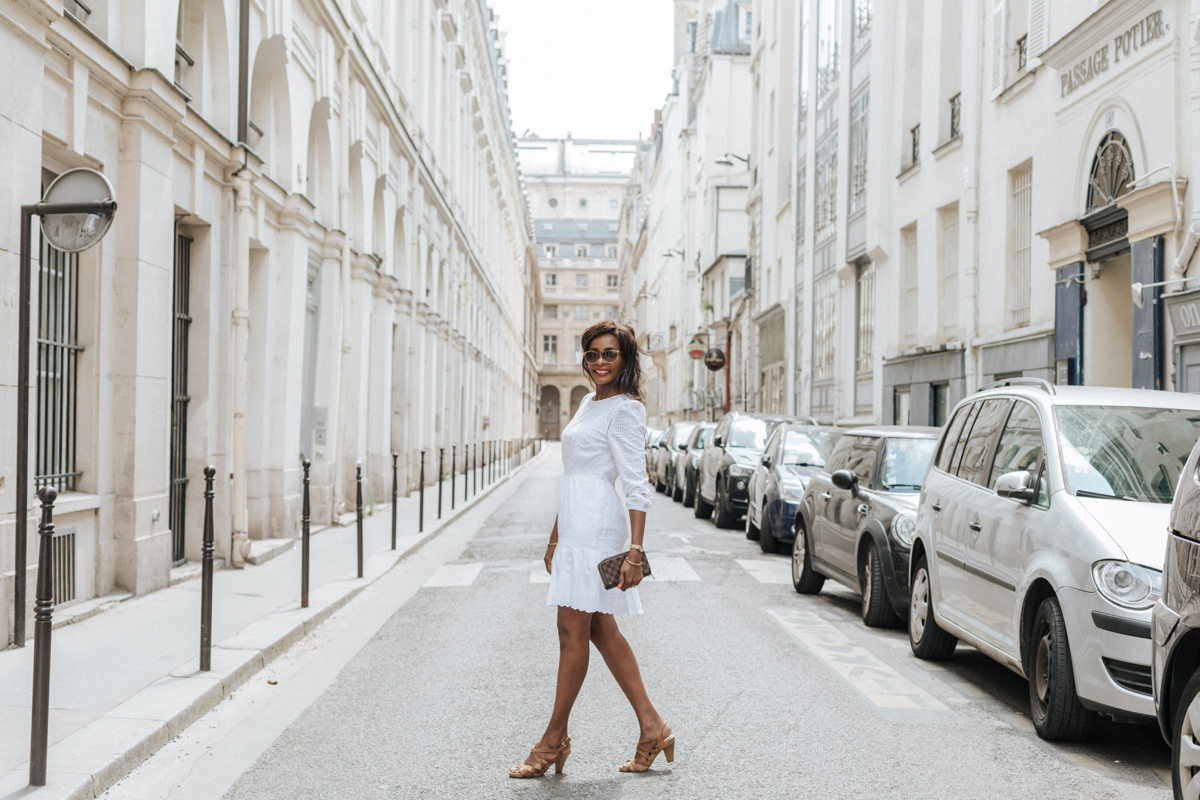
In winter, linen functions as a breathable outlet for those rushed cold mornings when we’re prone to breaking into a sweat in our rush to get out the door, coffee or tea in hand. It layers beautifully with a cardigan or jacket thrown on, and maybe a scarf for those like me that need that added warmth. Come summer time, cooling down in light-weight linen attire is practically a must, again, owing to its breathability. Cool neutral shades of white and grey help deflect the sun allowing the body to stay cool even in sweltering heat.
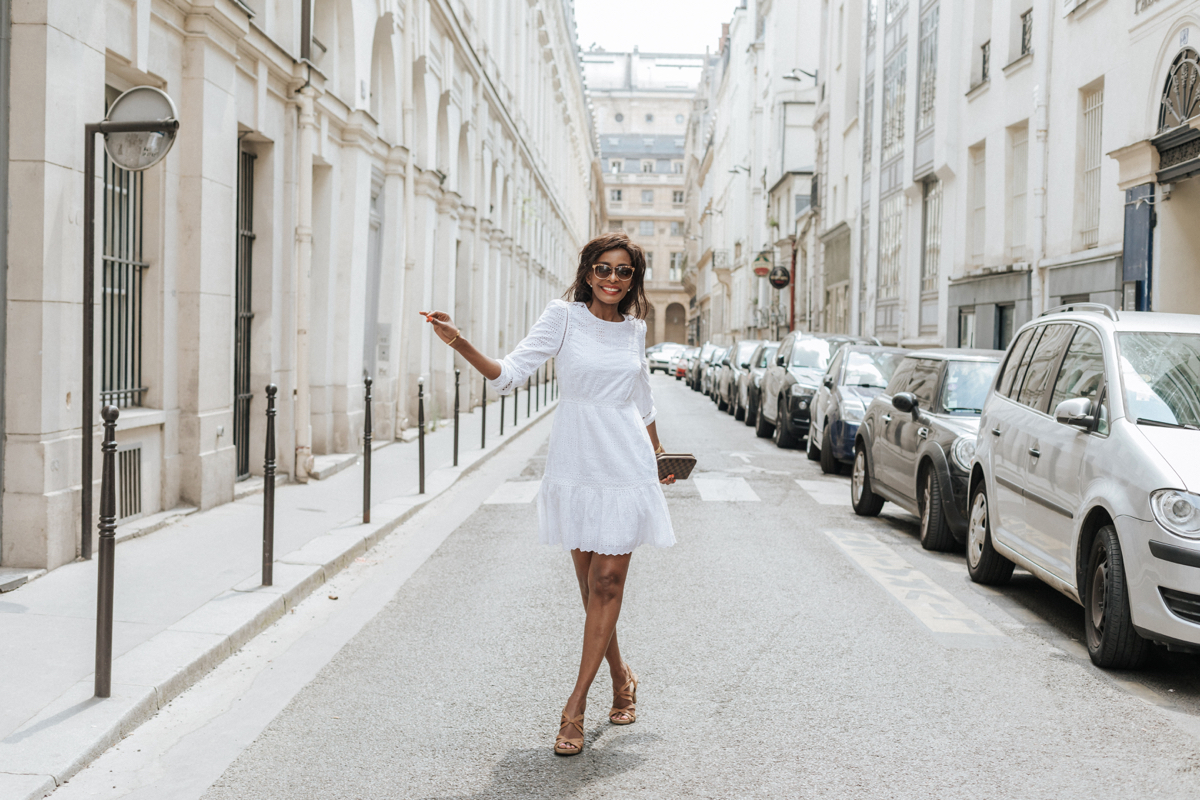
Since wholesaling requires bulk purchase of fabric, it works well that linen is rather versatile in what it can do. Granted there are different weights and densities thus requiring the purchasing of different bales of fabric but that is altogether necessary and unavoidable.
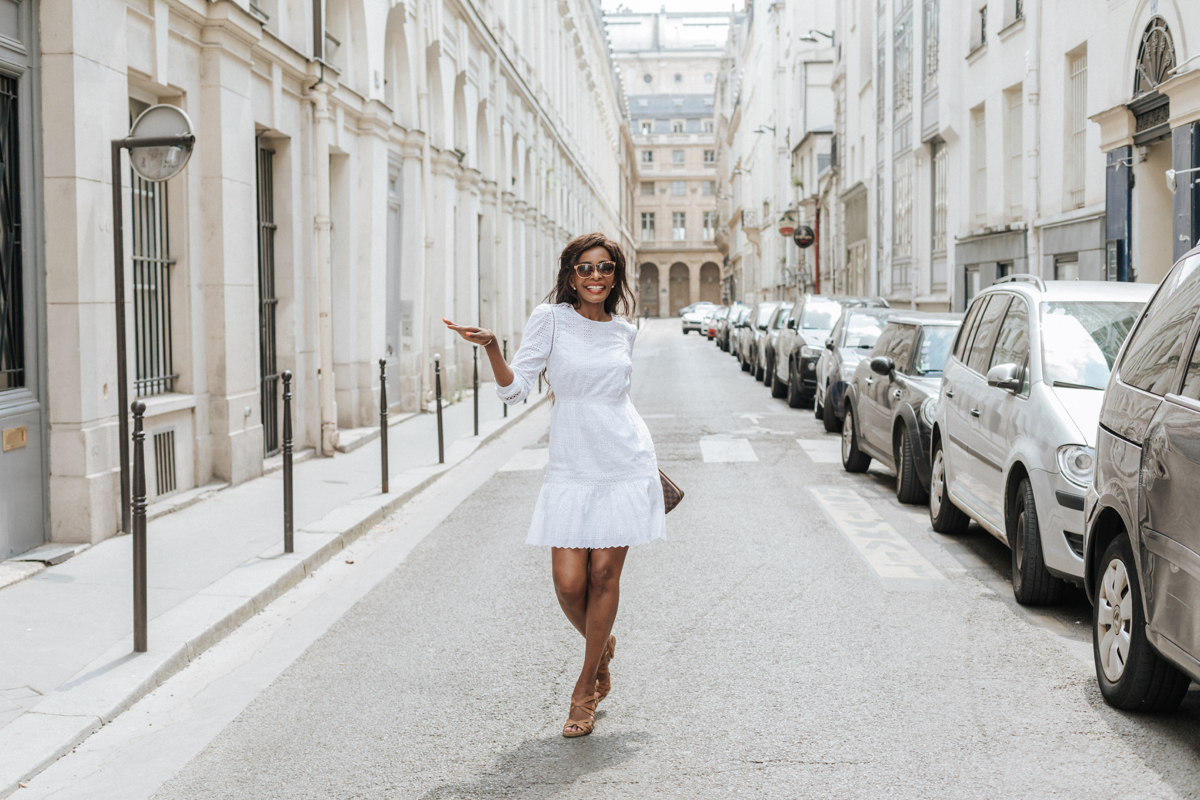
I am currently in the process of learning all about fabric types, weaves, knits, properties, weights and it appears all systems are leaning towards linen as GreyDynasty’s premier fabric of choice. Whether that’s for this first launch or for all times remains to be determined mostly based upon customer feedback in tandem with our foundational ethos of building a sustainable design portfolio. Stay with us, the journey continues…
